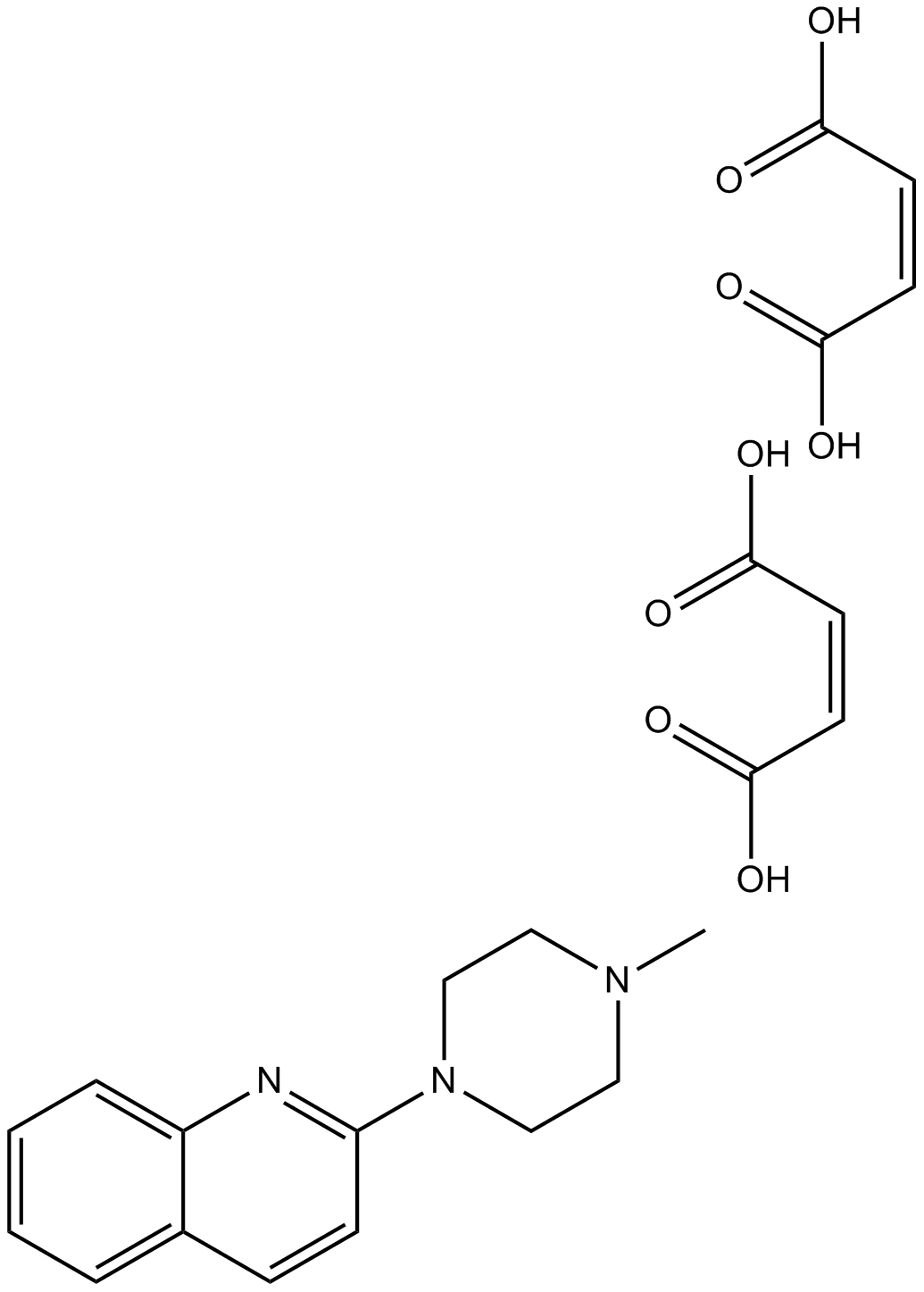Archives
In the present study we used an in vitro model
In the present study, we used an in vitro model system to observe the changes of phenotypic fate of astrocytes under different treatments. These data indicate that the elevation of Shh production in mechanically-insulted astrocytes plays a crucial role in the de-differentiation of astrocyte as Shh biofunction depletion by its neutralizing antibody markedly inhibits astrocyte reversion to NSPCs. Application of shh alone to cultured astrocytes hardly results in a marked change of relevant specific proteins (GFAP and S100 for astrocyte; nestin, SOX2 and CD133), implying that the de-differentiation event still depended upon other signal molecules found in ACM besides Shh. Furthermore, some critical downstream signal molecules, like Gli2 and D1-type cyclin, involved in the disruption of cell-cycle G1 arrest, cell proliferation, cell morphology change, and cell differentiation are activated. The present study may lay a foundation for the clinical application of these molecules to astrocyte de-differentiation in treating CNS injury.
Materials and methods
Results
Discussion
Our recent experiments demonstrated that astrocytes can revert to a less differentiated state and become multipotential progenitor cells, and the underlying mechanism of astrocyte de-differentiation event is intimately linked to the secreted of certain molecules by injured astrocytes (Lang et al., 2004; Yang et al., 2009, 2010, 2011). Similar to our findings, several previous studies revealed that astrocytes possess a potential of de-differentiation to neural progenitors, and that certain extrinsic signaling molecules from nerve microenvironment after injury contribute actively to its rejuvenation process (Duggal et al., 1997; Kaya et al., 1999; Dai et al., 2001; Chang et al., 2007; Sharif et al., 2007; Jiao and Chen, 2008; Buffo et al., 2008; Jopling et al., 2011). Despite an increasing evidence for mature astrocytes transformation to a glial pro phenotype, it is still elusive what triggers the astrocyte de-differentiation event following mechanical injury. Furthermore, there remains considerable interest in elucidating the possible molecular mechanism of astrocyte de-differentiation.
In this study, we have demonstrated that up-regulated Shh and other molecules in injured astrocytes synergistically induces de-differentiation of GFAP-expressing astrocytes to NSCs, as demonstrated by the dramatic changes in cell morphology, proliferation rate, and gene ras inhibitor pattern in cultured astrocytes after treated with ACM. The de-differentiation process can be depleted by blocking the Shh action, while Shh protein alone is also insufficient to stimulate astrocyte rejuvenation. Furthermore Shh cooperated with other signaling molecules in the activation of Ptc and downstream pathway molecule, Gli2. The transcriptional regulation of cyclin D1 controls astrocyte cell cycle and cell phenotype, finally resulting in the reversion of astrocytes to NSCs.
Our in vitro analyses first showed that astrocytes following mechanical injury markedly increase Shh expression, displaying higher levels of Shh synthesis and release as revealed by immunocytochemistry, western blot and ELISA. The up-regulation of Shh in injured astrocytes implies that the Shh signaling molecule may contribute to the activation neurogenesis. Shh is known to be an essential regulator of cell fate and number in the CNS, and also acts as a mitogen, promoting cell proliferation in many embryonic and adult tissues including the epidermis and the CNS. Furthermore, Shh signaling is involved in the formation and/or maintenance of progenitor cells in the epithelia of many internal organs (Bitgood and McMahon, 1995; Beachy et al., 2004), of adult hematopoietic stem cells (Kondo et al., 2005; Mandal et al., 2007), and of neural stem cells in the adult brain (Palma et al., 2005; Buffo et al., 2005; Jiao and Chen, 2008; Huang et al., 2010). Consistently, more recent studies implicate that Shh as an important factor of the astrocyte-produced neurogenic niche within several limited areas, suggesting Shh exerts critical effect in the formation of progenitor cell-derived from astrocytes (Ahn and Joyner, 2005; Jiao and Chen, 2008;). Accordingly, we speculated that elevated Shh in ACM is essential for the reversion of astrocytes into neural progenitors. As expected, western blot and immunocytochemistry revealed that the up‐regulation of NSC markers nestin, CD133, and Sox2, elicited by ACM treatment is indicative of multipotent cells while astrocyte markers GFAP and S100 markedly down-regulated. Next to further substantiate if Shh plays a prominent part in induction of astrocyte de-differentiation, we administered Shh protein alone to astrocyte cultures, or neutralized endogenous Shh in ACM to abolish its biofunctions, respectively. Surprisingly, neither administration of Shh alone nor blocking of endogenous Shh in ACM can result in the down-regulation of astrocyte markers and the up-regulation of NSC markers mentioned above. No markedly gradual morphology change can be observed either, implying that astrocyte may undergo de-differentiation to NSCs with cooperation between Shh and other signaling molecule in ACM.
the astrocyte-produced neurogenic niche within several limited areas, suggesting Shh exerts critical effect in the formation of progenitor cell-derived from astrocytes (Ahn and Joyner, 2005; Jiao and Chen, 2008;). Accordingly, we speculated that elevated Shh in ACM is essential for the reversion of astrocytes into neural progenitors. As expected, western blot and immunocytochemistry revealed that the up‐regulation of NSC markers nestin, CD133, and Sox2, elicited by ACM treatment is indicative of multipotent cells while astrocyte markers GFAP and S100 markedly down-regulated. Next to further substantiate if Shh plays a prominent part in induction of astrocyte de-differentiation, we administered Shh protein alone to astrocyte cultures, or neutralized endogenous Shh in ACM to abolish its biofunctions, respectively. Surprisingly, neither administration of Shh alone nor blocking of endogenous Shh in ACM can result in the down-regulation of astrocyte markers and the up-regulation of NSC markers mentioned above. No markedly gradual morphology change can be observed either, implying that astrocyte may undergo de-differentiation to NSCs with cooperation between Shh and other signaling molecule in ACM.